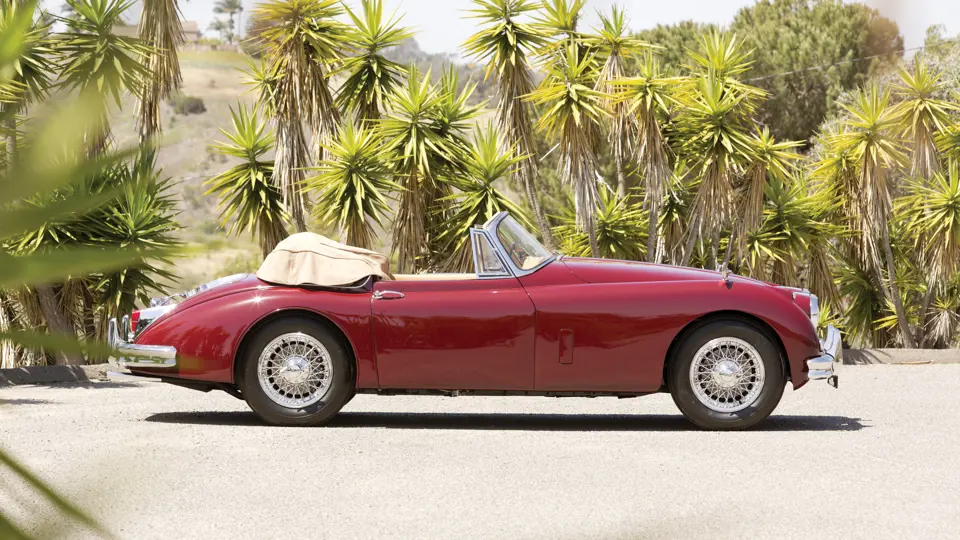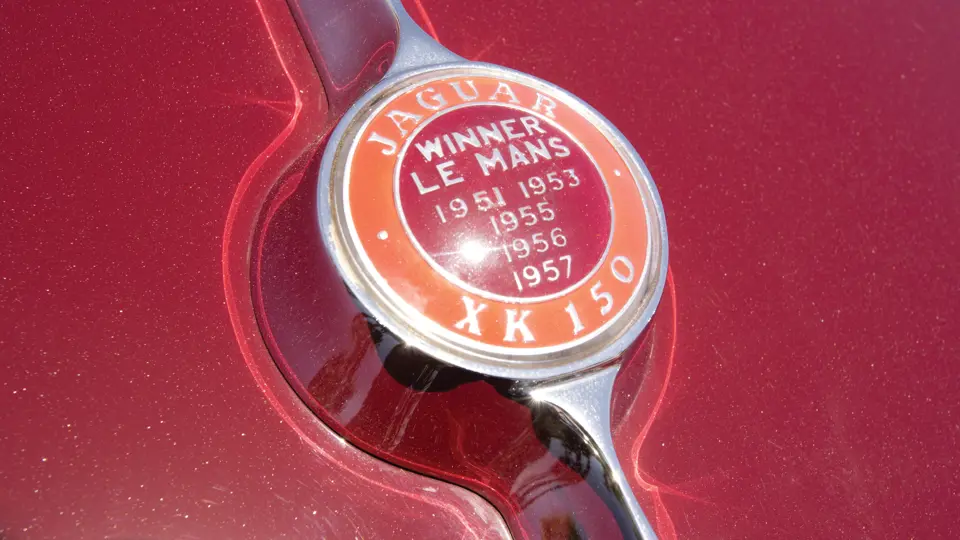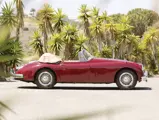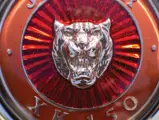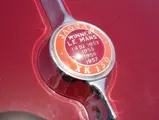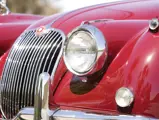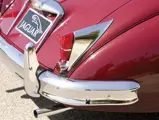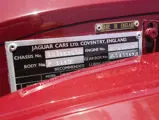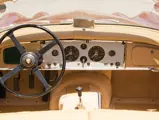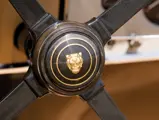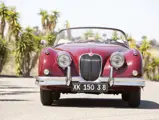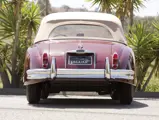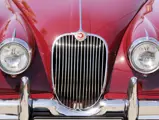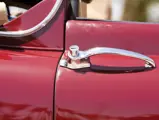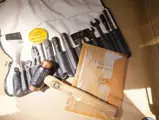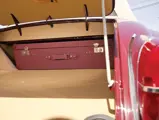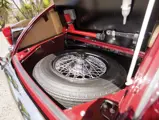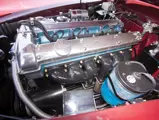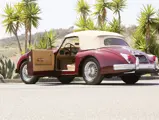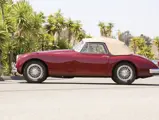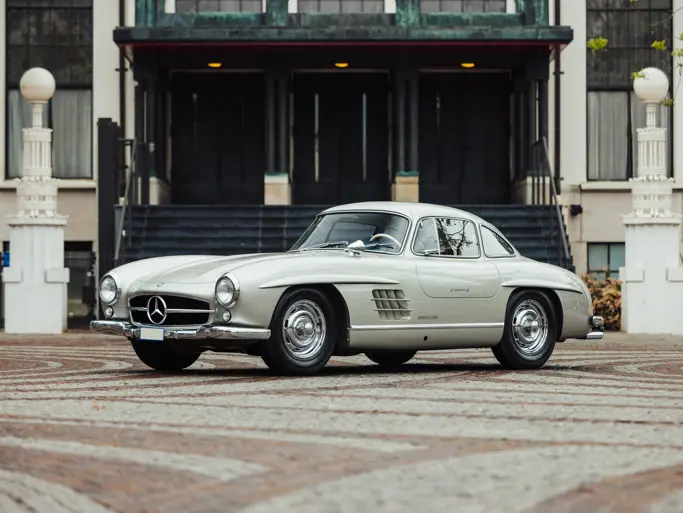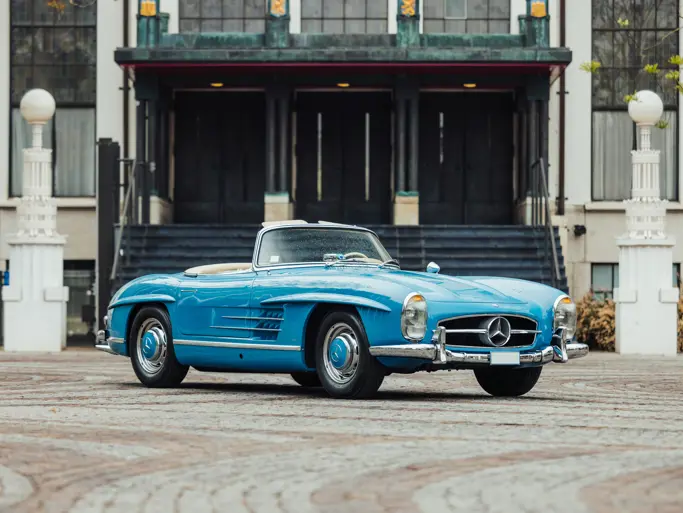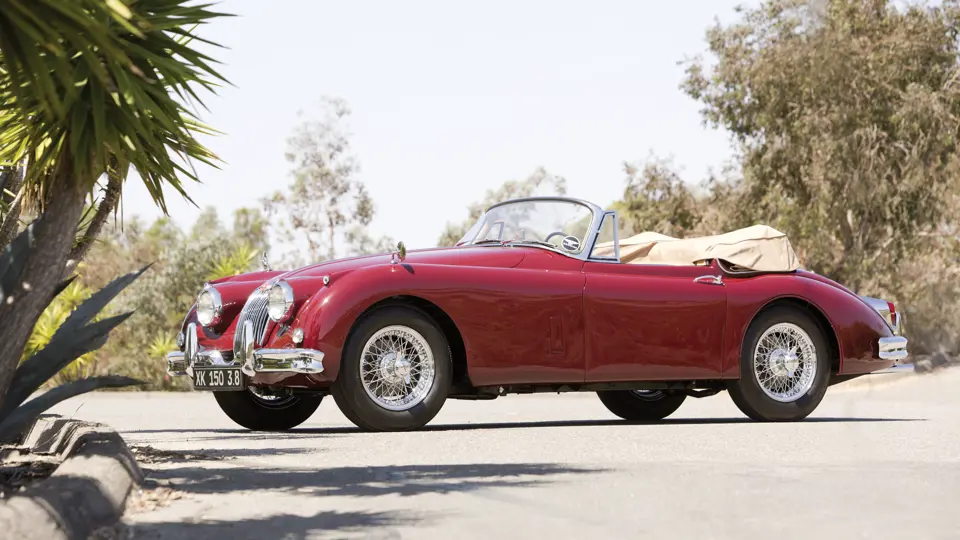
1961 Jaguar XK 150 3.8-Litre Drophead Coupe
{{lr.item.text}}
$275,000 - $325,000 USD | Not Sold
{{bidding.lot.reserveStatusFormatted}}
- Eleven First Place awards and four 100-point showings
- Complete with tools, manuals, and matching fitted luggage
- Authenticity fully confirmed by its Heritage Certificate
220 bhp, 3,781 cc DOHC inline-six, dual SU carburetors, close-ratio four-speed transmission with electric overdrive, independent front suspension with wishbones and torsion bar, live rear axle with half-elliptic leaf springs, and four-wheel disc brakes. Wheelbase: 102 in.
Placed side by side, an XK150 and its predecessor from 10 years earlier, the XK120, show an unmistakable family resemblance. But at the same time, they just as clearly show the passage of a decade, and underneath reveals the tremendous mechanical changes and styling progression that moved Jaguar from the ’40s into the ’60s.
Where the intervening XK140 was a transitional model, the XK150 was a thorough updating of the XK look, taking it into the modern era. With a one-piece wraparound windshield, the small glass area of the previous cars was greatly enlarged for improved visibility. Combined with a very modern slab-sided body redesign with thin doors, the interior room and comfort were also dramatically increased. Larger real roll-up glass windows were included for the first time, and Jaguar’s Le Mans boot badge was updated with an ever-growing list of victories. High-maintenance wood veneer was no longer offered on the inside; instead, an entirely new roadster-style aluminum and padded leather dash brought new simplicity and cleanliness. Drophead coupes were further distinguished by a neater rear decklid and unique chromed rain gutters. All XK150s offered four-wheel disc brakes, and in 1958, the second year of production, a Special Equipment 3.8-liter engine with B-type heads became available, yielding 10 more horsepower and, even more noticeably, an 11% increase in torque.
While the differences between XK models can seem subtle, for a driver they are anything but. The drophead coupe’s top is far more than an afterthought; instead, it has been styled to work harmoniously with the XK150’s lines. Even better, it not only seals well against water, but it also folds swiftly into a compact, well-engineered bustle, complete with a tonneau. From the inside, it’s hard to believe how much room Jaguar found on top of the big X-frame chassis, as few people who don’t start on an NBA team will run out of legroom, and elbow room is equally ample, with the upholstered transmission tunnel prominent between the front seats.
All of that is merely icing on the XK150 driving experience cake. The creature comforts are a clear indication of the car’s mission as a grand tourer, as it was intended to convey two people (and perhaps a child) and their luggage over long distances. At well over 3,000 pounds, it is not a lightweight, but nevertheless it still delivers Jaguar’s beloved ride and handling balance. Despite a softer ride than the XK140, it is lively and predictable, even at the limit or in the wet. Its rack-and-pinion steering is direct and communicative, and an improved four-speed transmission offers very smooth shifting, with synchros on the upper three gears, and with deliberation, it does not require double-clutching on downshifts. As Road & Track wrote in September 1958, “Among all the automotive connoisseurs we know (and we know quite a few) the Jaguar still rates as the best all-around value in the quality dual-sports car category.”
With its many options, extensive brightwork, and handcrafted body, restoration of an XK150 can be a daunting prospect. However, a two-and-a-half-year restoration by XK specialists Jim and Gary Kakuska has taken the guesswork out of this car and resulted in a 2011 JCNA National Champion award that was bracketed by four total 100-point scores in JCNA judging.
Anyone familiar with rigorous JCNA judging will recognize the extraordinary quality of a car that achieves a perfect 100-point score, criteria for which are laid out over 180 pages of judging instructions in the club’s rulebook. Thus, one finds complete large and small tools included, as well as matching fitted luggage. It is currently finished in a deep red Imperial Maroon over biscuit leather with an operating tan top, and under the hood displays the distinctive blue cylinder head of a 3.8-liter XK150.
Its Jaguar Daimler Heritage Trust Certificate shows production in January 1960, with delivery to Dr. Asa Duggan Sr., of Washington, Georgia, in July 1960. Duggan, a World War II submariner, deep sea diver, and neurosurgeon at the Mayo Clinic, has surviving sons who will make a fascinating jumping-off point for a new owner’s investigations into the car’s history. In more recent years, it was owned and shown in the Midwest before being prepared for sale by a West Coast Jaguar specialist. The sparkling restoration, concours options, and enduring appeal of the XK150 Drophead Coupe will continue to make it welcome in any circumstances.
From the moment they appeared, the Jaguar XKs were recognized as something special. After all, three of the first five Pebble Beach concours winners were Jaguars, and two of those were XKs. If anything, the years since have only made the XK150 more desirable, as one of the truly timeless wonders from Coventry. The XK150 3.8 presented here is a rare and highly collectible Jaguar that is very well accomplished.




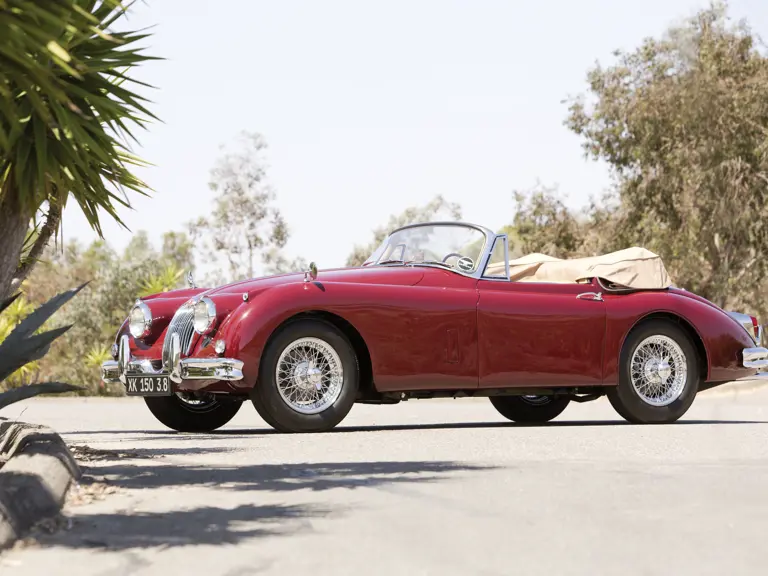
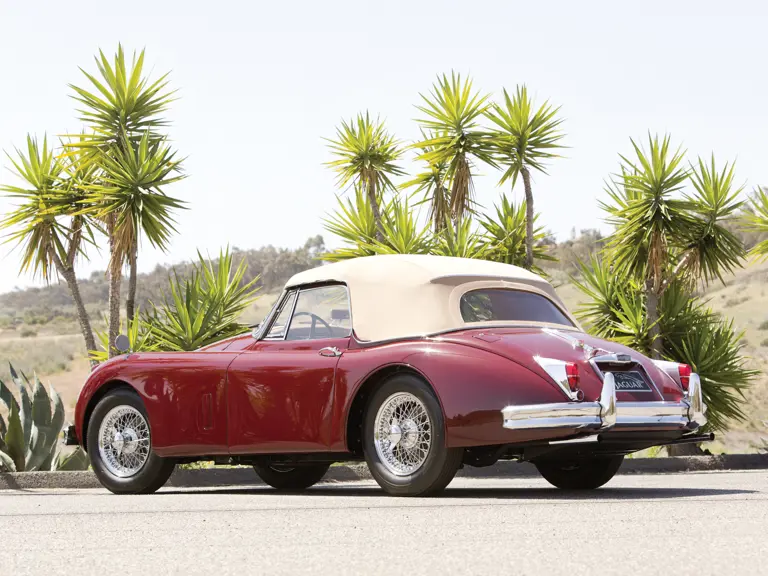
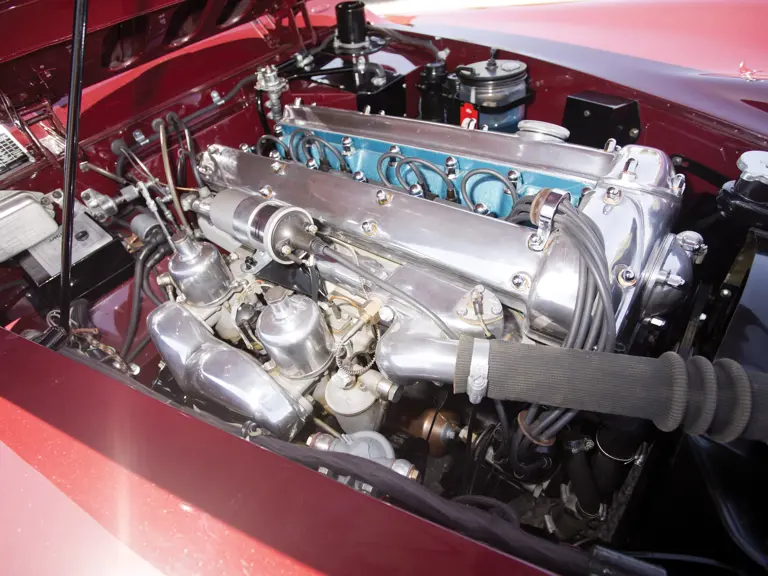

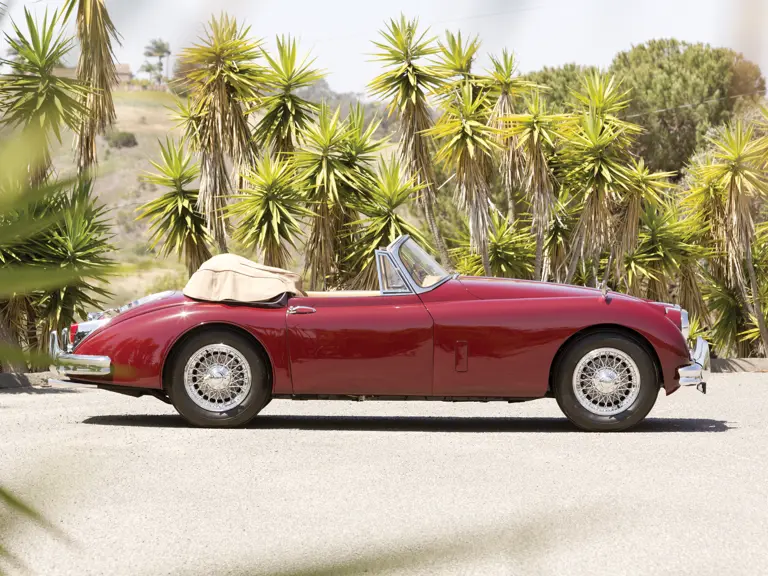
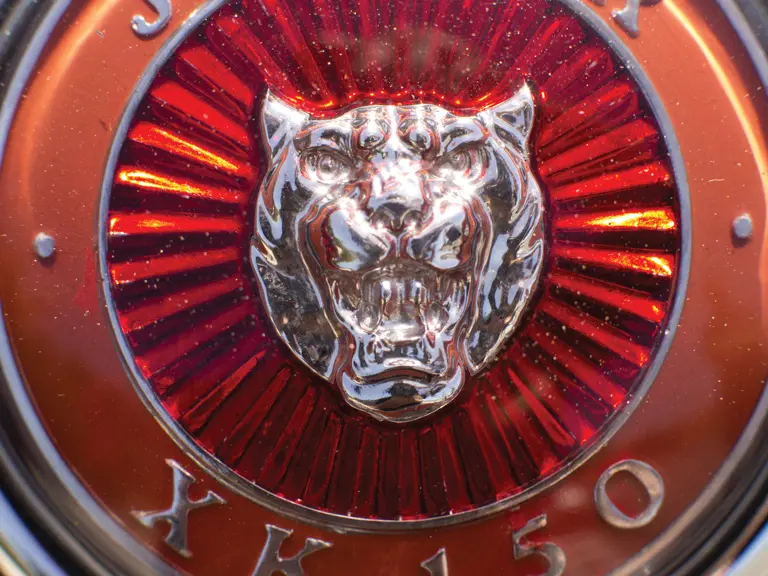
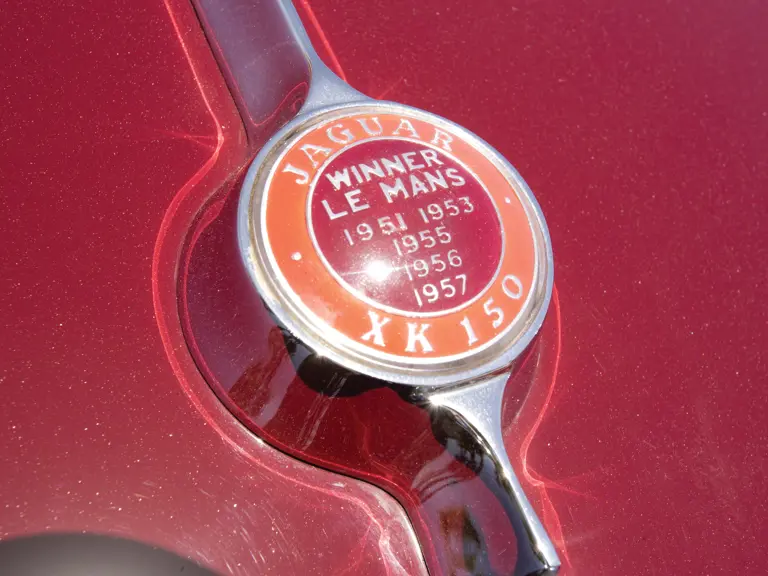
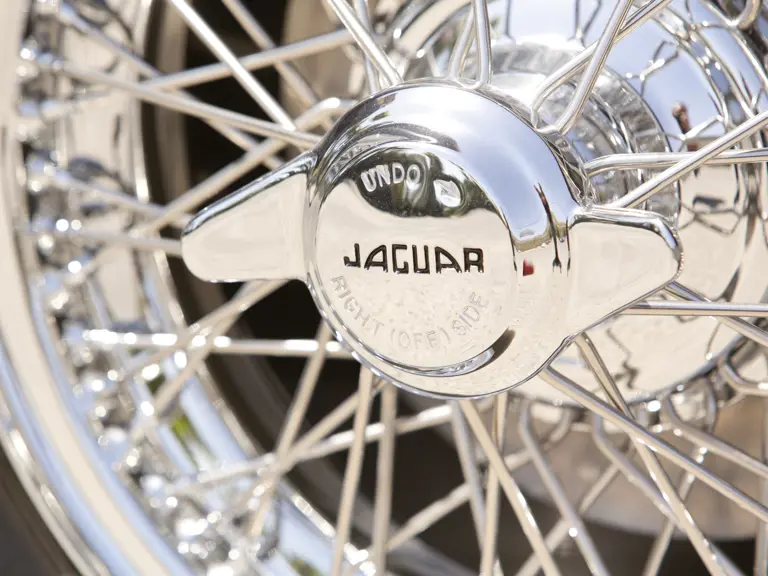
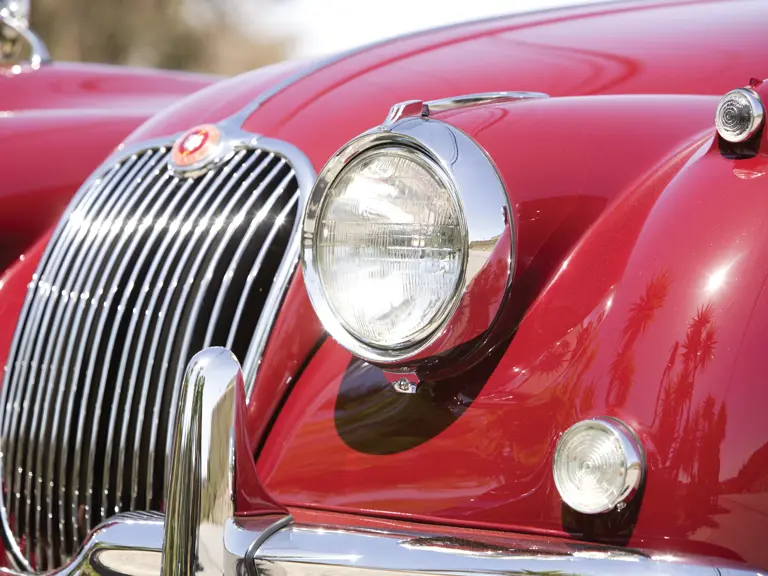
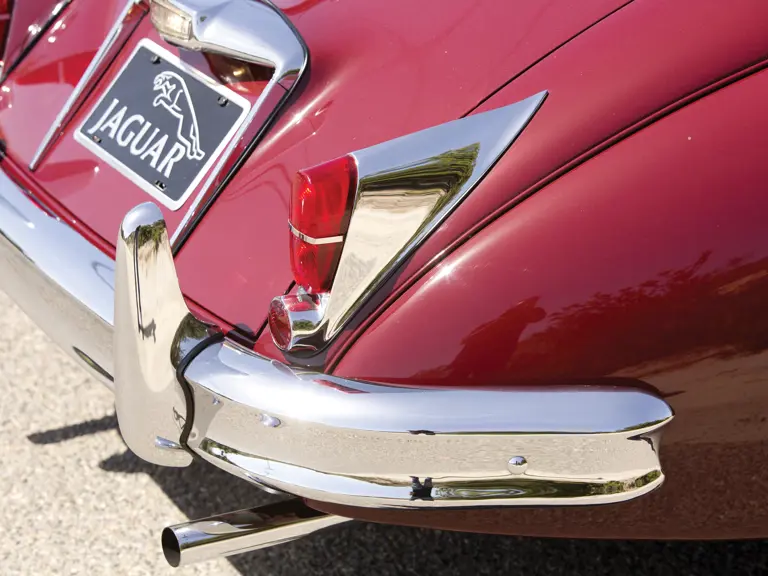
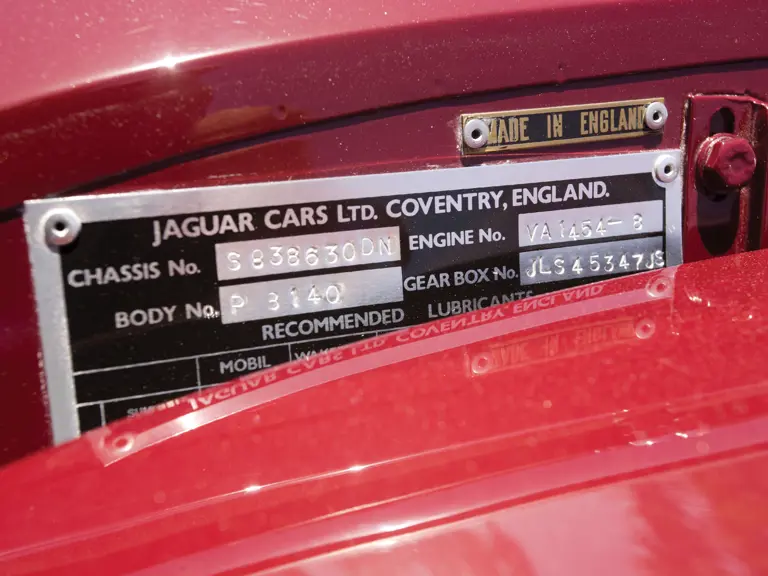
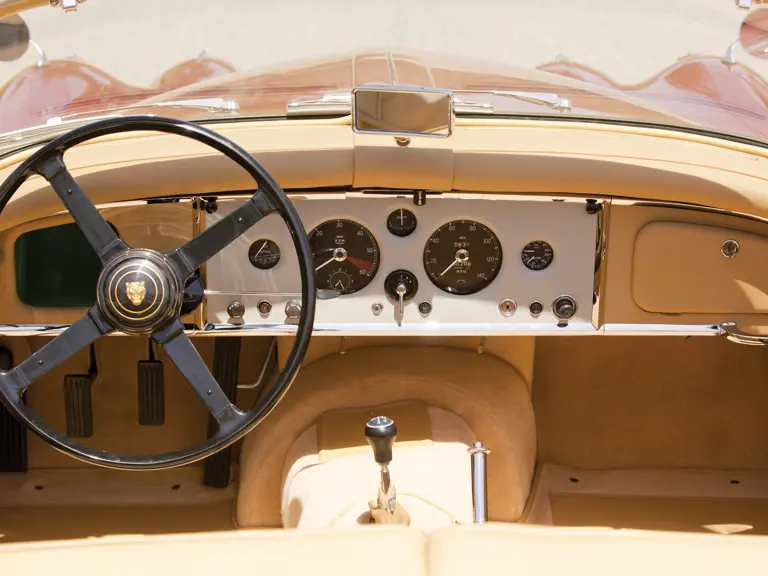

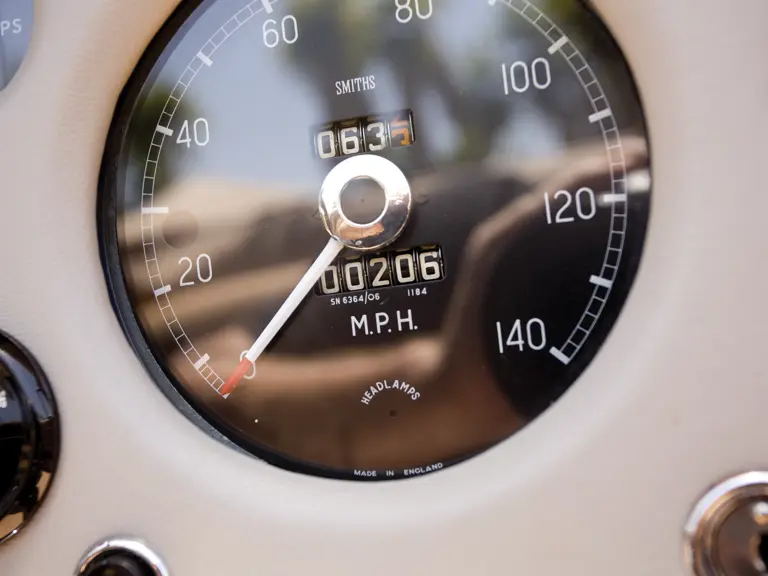
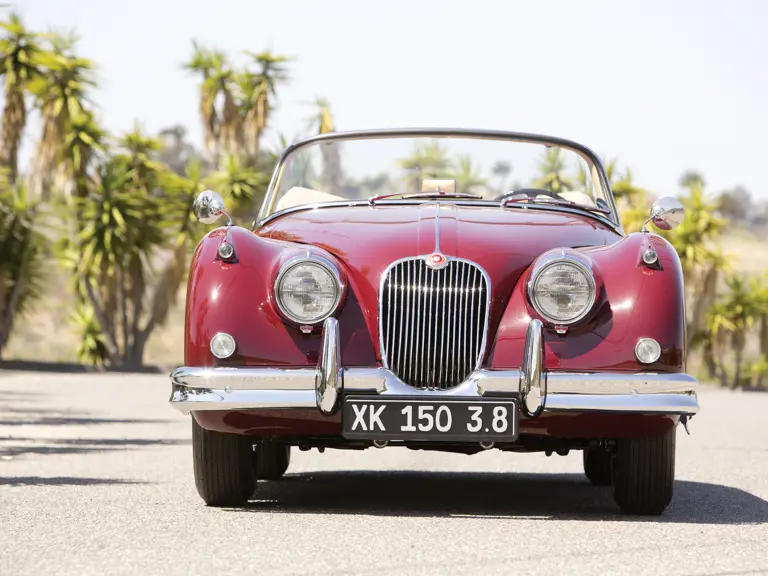
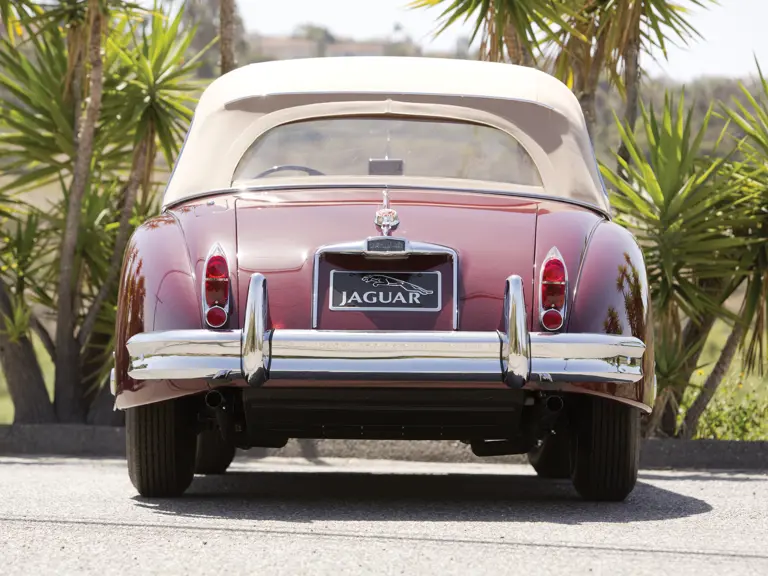
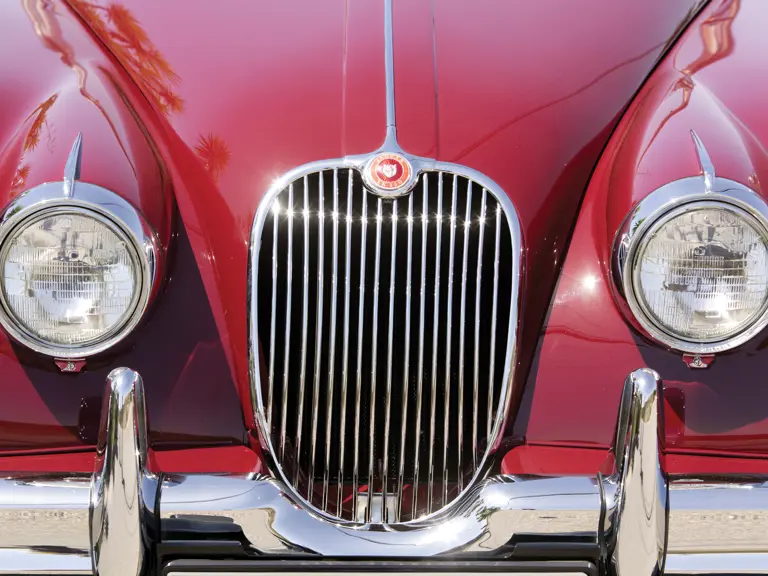
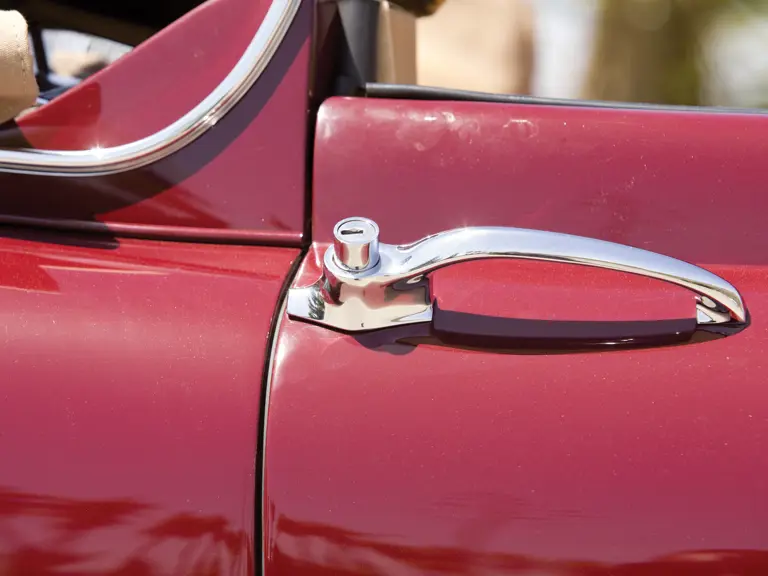
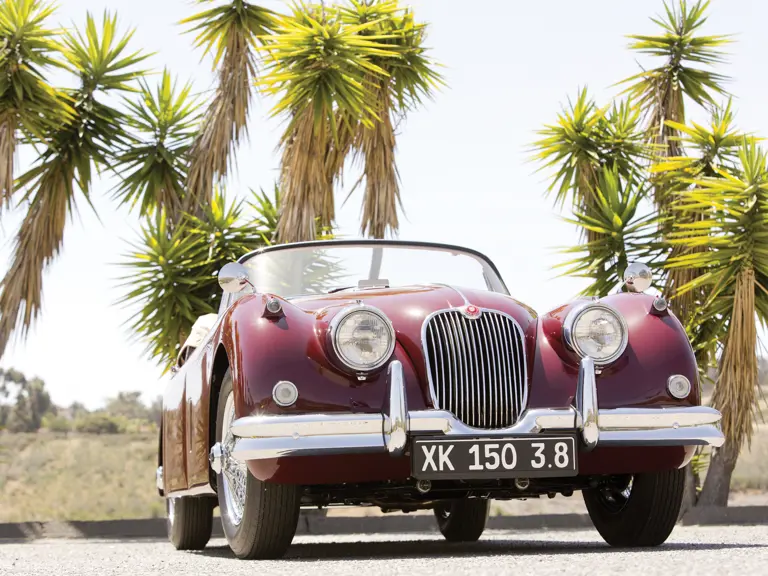
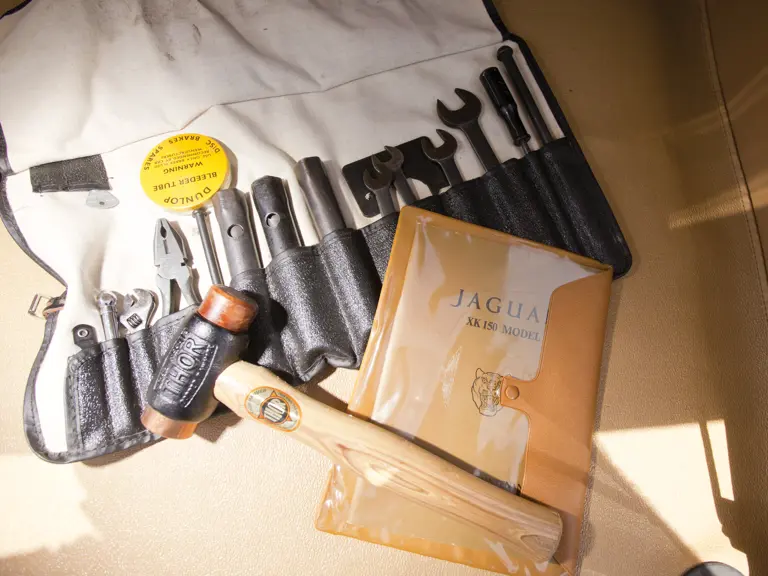
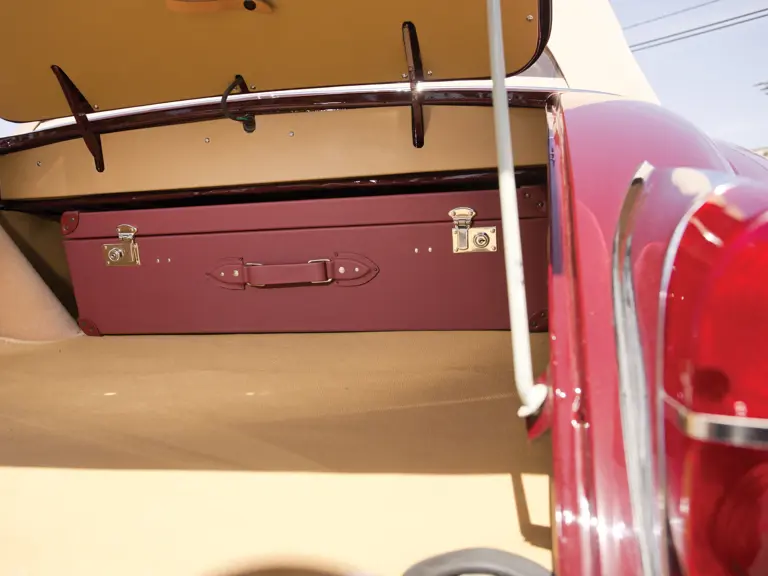
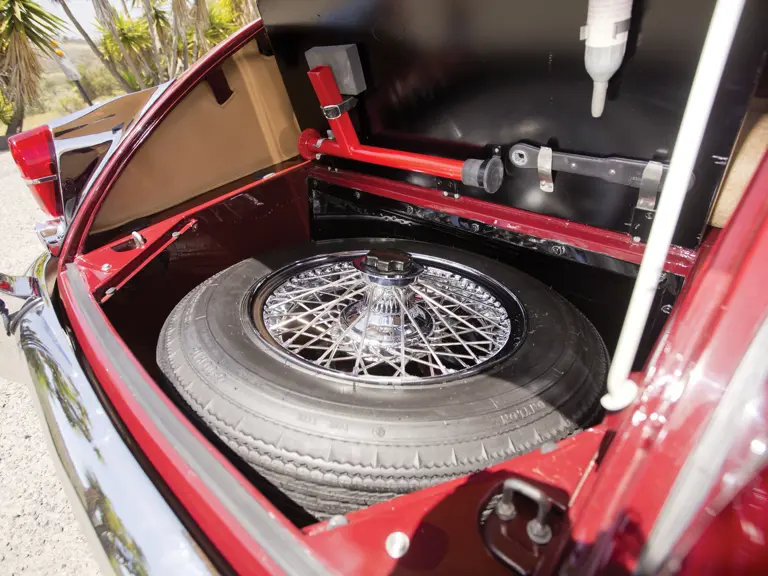

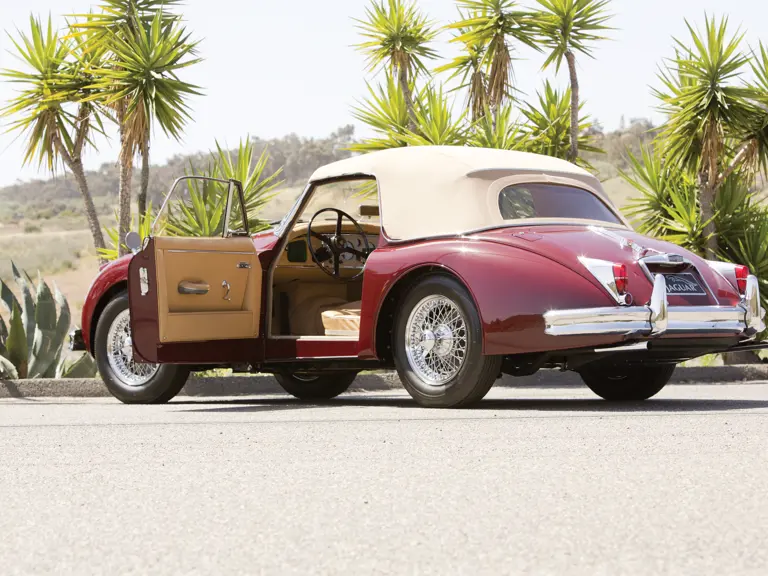
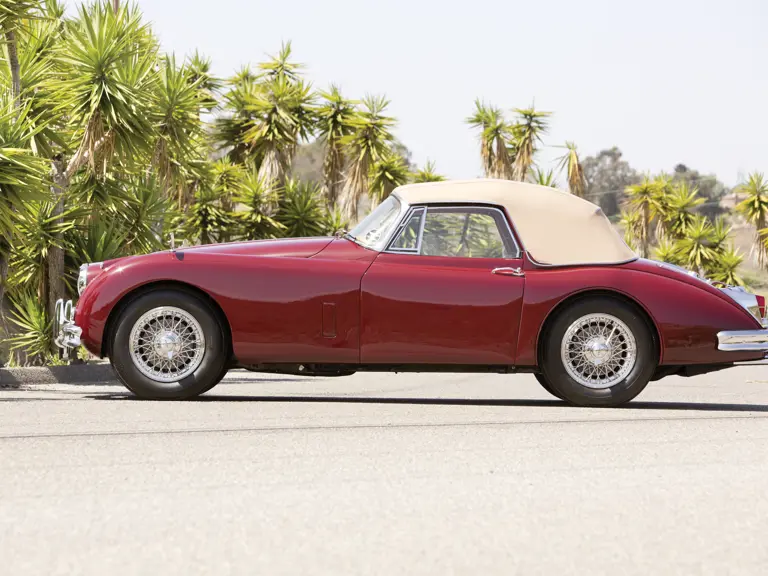
 | Monterey, California
| Monterey, California
